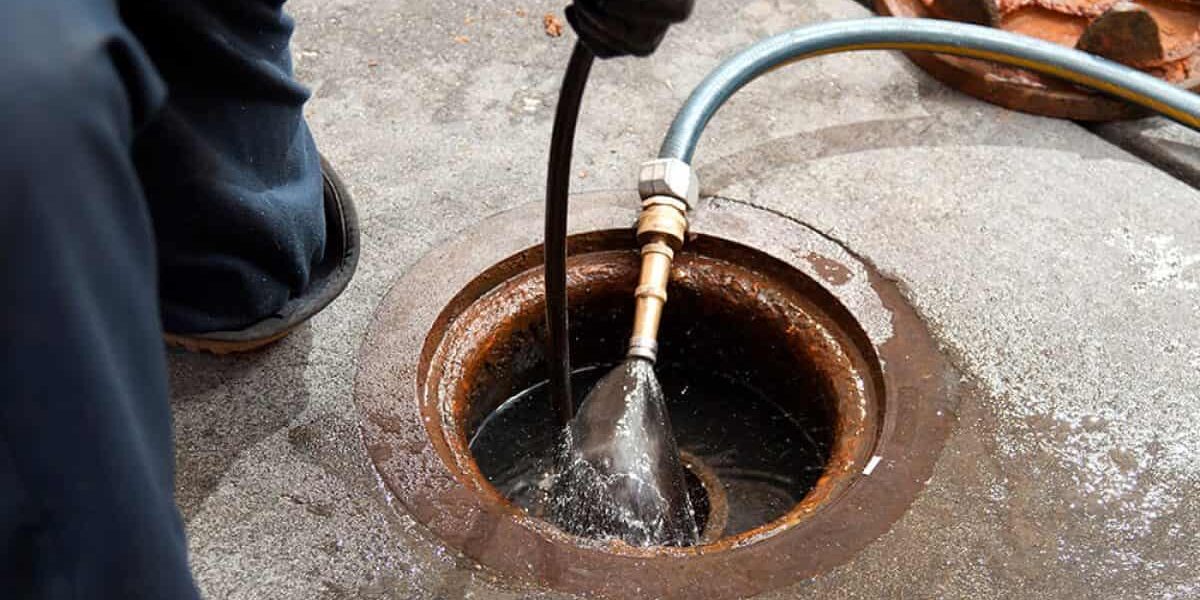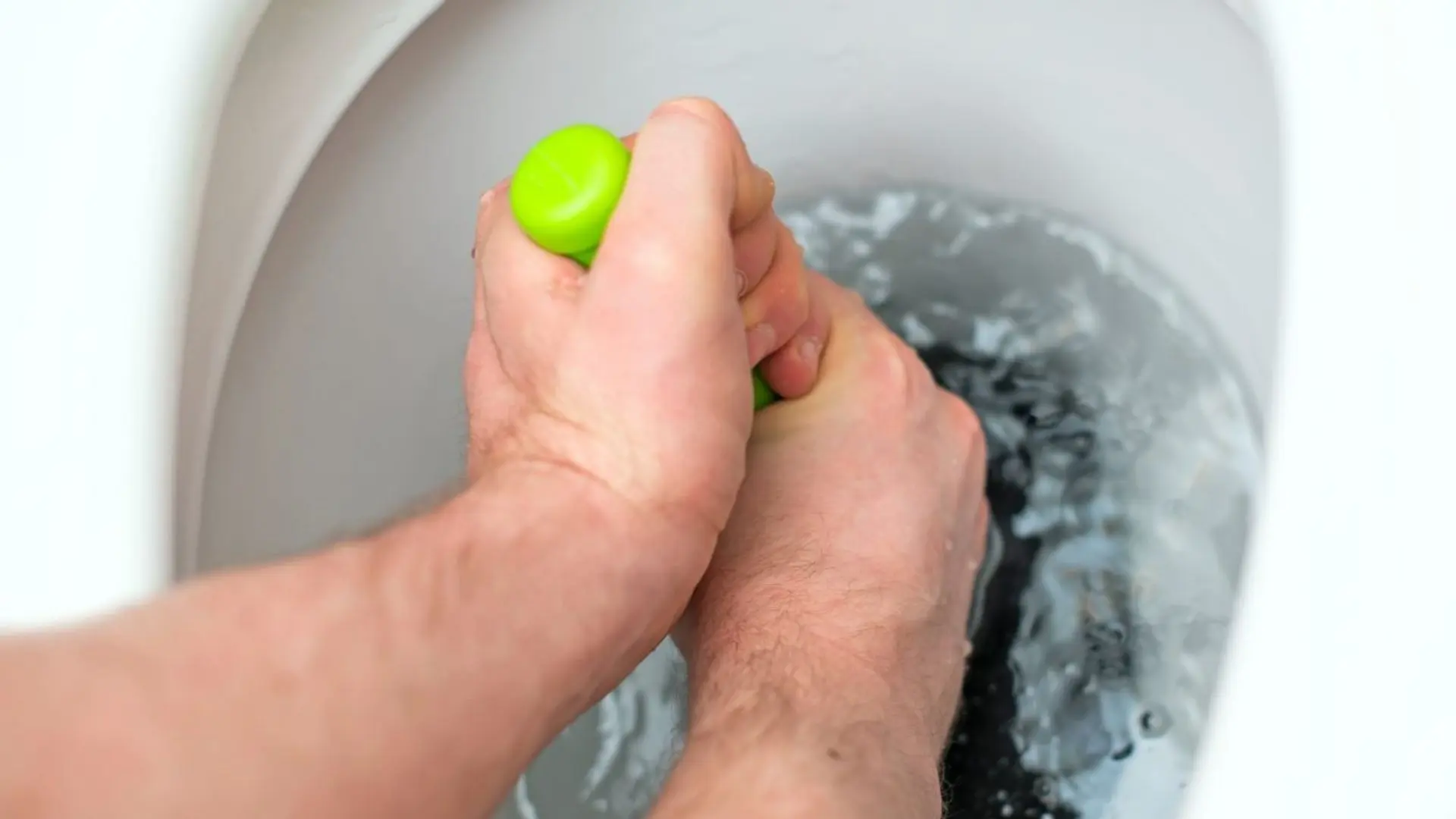They are making several good points related to Some easy tips to fix blocked drains overall in this article directly below.

Intro
Handling a blocked drain can be an irritating experience, interfering with day-to-day tasks and potentially causing damages to your residential property. Nevertheless, prior to connecting to pipes professionals, there are actions you can take to deal with the concern yourself. In this overview, we'll check out do it yourself options and preventive measures to deal with a blocked drain efficiently.
Recognizing the Issue
The primary step in addressing a blocked drainpipe is recognizing the indicators. Slow-moving drain, gurgling audios, foul odors rising from drains, or water support up are common indications of a blocked drainpipe. Recognizing these signs early can assist protect against better issues.
Common Root Causes Of Blocked Drainpipes
Understanding the aspects that contribute to drain obstructions is vital for reliable resolution. Usual offenders include hair, soap scum, oil, food particles, and international objects like sanitary products or paper towels. Tree roots getting into below ground pipelines can also trigger considerable obstructions.
DIY Solutions
For minor obstructions, several DIY services can be effective. Putting boiling thin down the drain can help dissolve oil and particles. Sodium bicarbonate and vinegar or a combination of salt and baking soft drink can act as natural cleansers. Utilizing a bettor or plumbing serpent to remove blockages is one more alternative.
Tools and Tools
Having the right tools on hand can make DIY drainpipe cleaning a lot more efficient. A plunger is a functional tool for removing obstructions in sinks, bathrooms, and showers. A plumbing snake or auger can get to deeper clogs, while drain cleaning chemicals can be made use of very carefully for persistent clogs.
Preventive Measures
To prevent future clogs, taking on preventive measures is important. Mount drainpipe guards or filters to capture hair and particles before they go into the pipes. Consistently flush drains with hot water to dissolve grease buildup, and avoid throwing away grease or solid waste down the drain.
When to Call a Professional
While do it yourself remedies can deal with minor clogs, specific indications indicate the demand for specialist support. Persistent clogs, foul odors in spite of cleaning initiatives, or numerous drains backing up all at once are red flags that necessitate skilled intervention.
Picking the Right Plumbing Solution
When selecting a pipes service, take into consideration elements such as experience, licensing, and consumer reviews. Select a trusted plumber with a performance history of top quality workmanship and transparent pricing practices.
Expense Factors to consider
The cost of professional drain cleaning company can differ relying on the severity of the obstruction and the plumbing technician's rates. Request quotes from numerous carriers and ask about any added fees to ensure transparency and avoid shocks.
Security Measures
When attempting DIY drain cleansing, focus on security. Put on protective gloves and eyewear to stay clear of contact with unsafe chemicals or microorganisms. Never blend various drain cleansing items, as this can create hazardous fumes.
Instance Studies
Real-life instances show the effectiveness of DIY solutions and the importance of prompt professional intervention in resolving drain clogs.
Conclusion
By adhering to the tips laid out in this guide, you can successfully take on blocked drains and stop future pipes concerns. Whether choosing DIY solutions or looking for expert assistance, punctual activity is key to keeping a healthy plumbing system and protecting the stability of your home.
WHAT I LEARNED FROM TRYING TO DEAL WITH A CLOGGED DRAIN
We have had our share of seepages and other annoying things that are part of living, especially in an apartment complex. And if there’s one thing that’s terrifying for a homeowner—or even someone in a rented home—it is a clogged drain, indoors or outdoors.
We enjoy our living space, but it’s simply a fact of life that dead skin, soap and a host of other items go down the drain; eventually, the residue builds up and prevents anything from moving. Ugh.
Not Calling A Professional
Of course, it might seem simple to just whip the pipe off under the sink and see if you can unblock it. Unfortunately, what if the blockage isn’t there, or you don’t reconnect it properly? Worse, you might break a piece and have no drainage system. Can you imagine that scene? Yuck!
Not Watching Your Waste
This will sound d’uh, but the best tip I can give you for drain cleaning is to avoid clogging the drain in the first place! You can do this by monitoring what goes down the drain and catching the items which are most likely to give you a problem. Invariably hair, vegetable peels, and large wads of toilet paper are the most obvious culprits. Add a filter—these are available in hardware stores and can be removed and cleaned easily.
Poking The Drain
The first urge with a clogged drain is to poke at it with a stick or anything that resembles a stick. Sadly, this does not result in magically solving the issue. The mental image is, naturally, one of the stick just pushing through the offending item and all is well again. Reality is quite different and unpleasant and likely to lead to further problems.
The thing is, every drain has a series of bends that are not visible to us. Drains are built this way to prevent gases from entering the house. What happens when you poke a stick into the drain? Of course, it can’t bend around the corner. The more adventurous people will use force and end up wedging the stick or causing it to break off in the pipe—creating an even bigger issue. Worst thing? The stick will shift the block further down the pipe, creating the space for more to collect. Go ahead! Roll your eyes!
Using The Wrong Plunger
You know what they say: the right tool for the right job! Did you know there are different types of plungers besides the basic one we keep at home for an emergency? Yes, there are. For example, the toilet plunger has a bell-shaped bottom while the sink plunger is flat. This is an important difference and using the wrong plunger will be useless. There’s also a knack in using plungers—they must be placed in such a way that they create an airtight seal and then, moved slowly up and down—not as fast as we imagine.
https://vidyasury.com/2018/01/learned-trying-deal-clogged-drain.html

We hope you enjoyed reading our part about 8 Tips For Clearing A Blocked Drain. Thanks a lot for taking the time to read our piece of content. Appreciated our posting? Please quickly share it. Help someone else discover it. Thanks for taking the time to read it.
Call
Comments on “Actions to Take for Fixing a Blocked Drain Prior to Contacting Plumbing Experts”